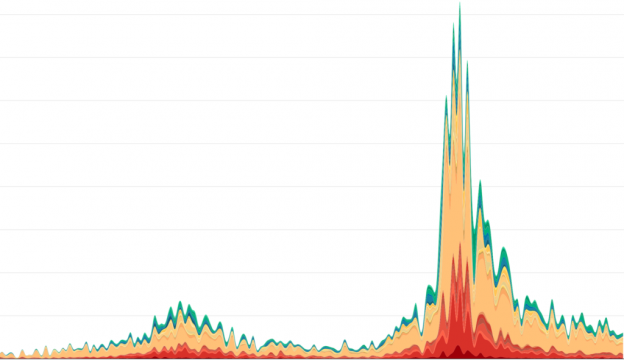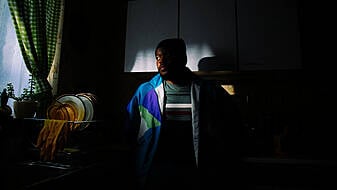One year on from the first confirmed Covid-19 case in the Republic, Ireland has changed beyond recognition.
More than 200,000 people have been infected, and over 4,000 have lost their lives.
The country has lived through three waves of disease and three lockdowns, with Covid exposing vulnerabilities in society and the economy.
As the vaccination rollout continues and the Government begins to look at easing restrictions, there is hope that brighter days are ahead.
Here we look back at how coronavirus has impacted daily life over the past 12 months.
Lockdown
On February 29th, the first Irish case of Covid-19 was detected in a Dublin teenager who had become ill on return from Italy.
Rising case numbers in the days that followed saw public transport use drop sharply ahead of a full lockdown later in March.
Road use has also shifted during the pandemic. Traffic levels in Dublin have stayed below pre-Covid levels, but the summer saw busier roads than usual in some areas – many people chose to holiday within Ireland due to public health advice.
Shops, cinemas, gyms and museums were shuttered several times as restrictions changed. Home delivery, video streaming and outdoor exercise, such as running, became alternatives.
Economy
With businesses scaling-back services or closing completely, State payments have played a crucial role in supporting people’s incomes and preventing debt problems.
The Central Statistics Office says household income during the pandemic declined by between 0.1 per cent and 4.2 per cent for lower-income households, but a decline of 18 per cent and 30 per cent would have been recorded without any income support.
While the standard measure of monthly unemployment was 5.8 per cent in January, the Covid-19 adjusted measure of unemployment indicates a rate as high as 25 per cent if all claimants of the pandemic unemployment payment were classified as unemployed.
Many sectors continue to be adversely affected. Air and sea travel has collapsed, with 31.4 million fewer arrivals and departures in 2020 compared with 2019.
Overseas travel during December remained considerably lower than in 2019, with arrivals into Ireland down 88 per cent.
Few businesses have suffered as much as hotels, bars and restaurants. Some pubs have not opened since March 15th last year.
For the restaurants and cafes that did open during the summer, pent-up demand saw diner numbers up almost 90 per cent in August, according to data from OpenTable.
Covid
After a lockdown in November brought infection rates down to low levels, Ireland had the fastest and highest spike in cases in the world in January. The country recorded more than 45,000 new cases in one week.
There have been more than 4,000 Covid-19 related deaths in Ireland over the last 12 months, with more than 1,200 in the last four weeks alone.
The early stages of the pandemic saw outbreaks in nursing homes and other residential settings, disproportionately affecting older people.
Vaccines
The first Covid vaccine was administered in the Republic on December 29th. Now more than 390,000 doses have been given and rollout is expected to ramp up in the coming weeks.







